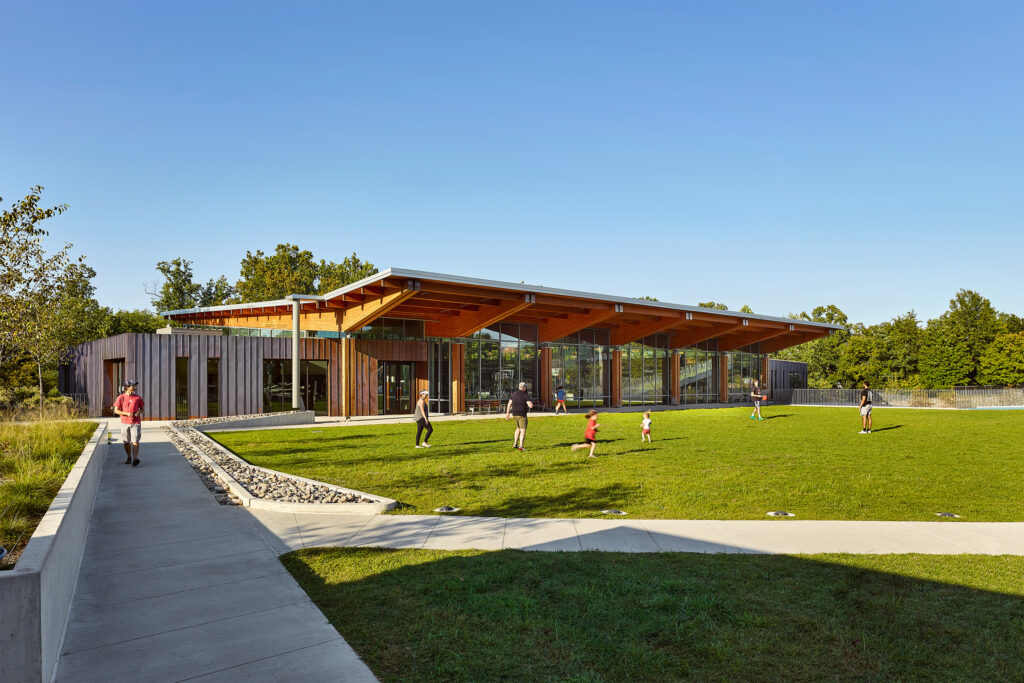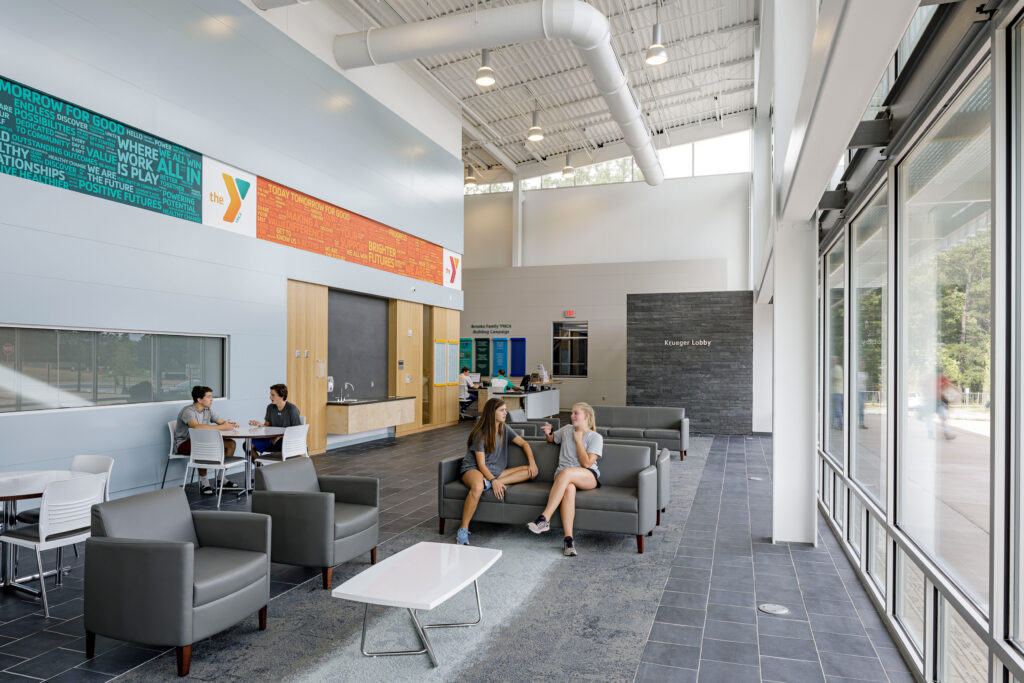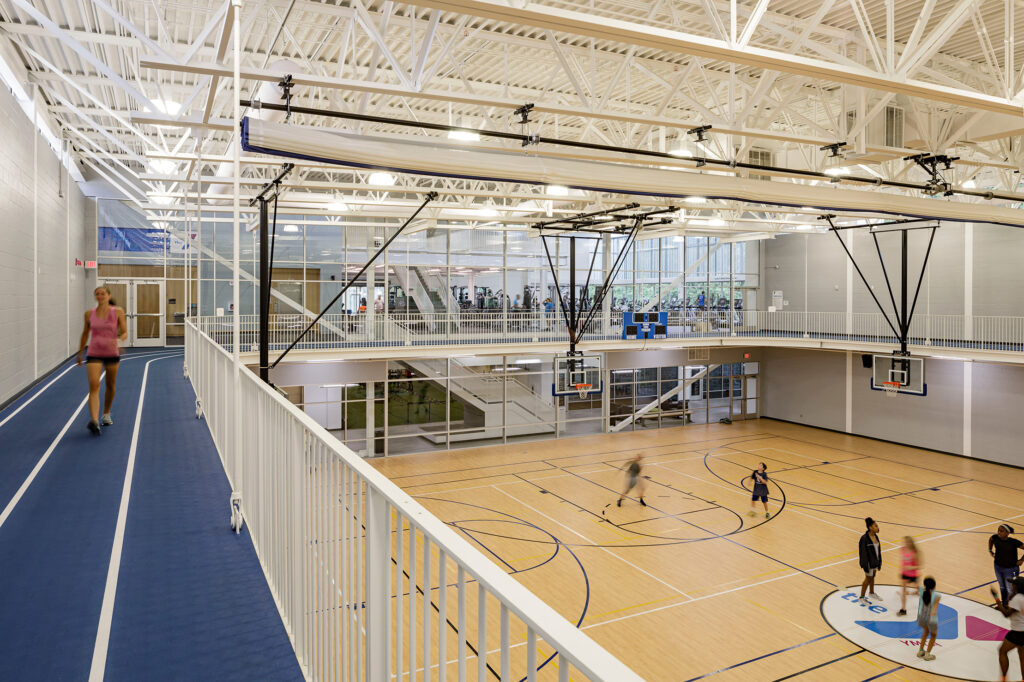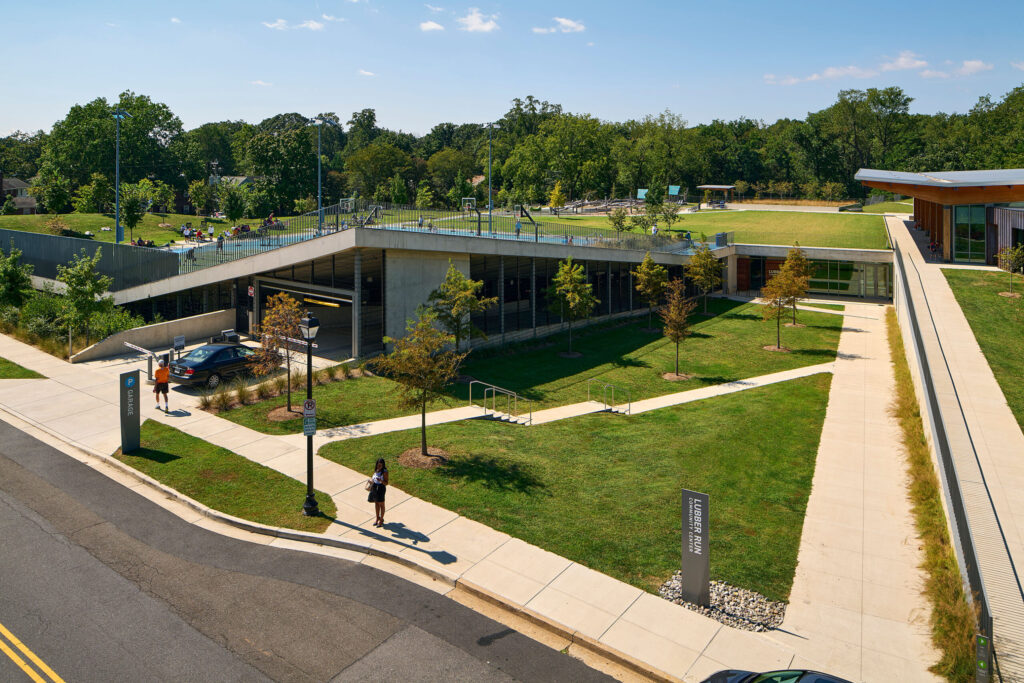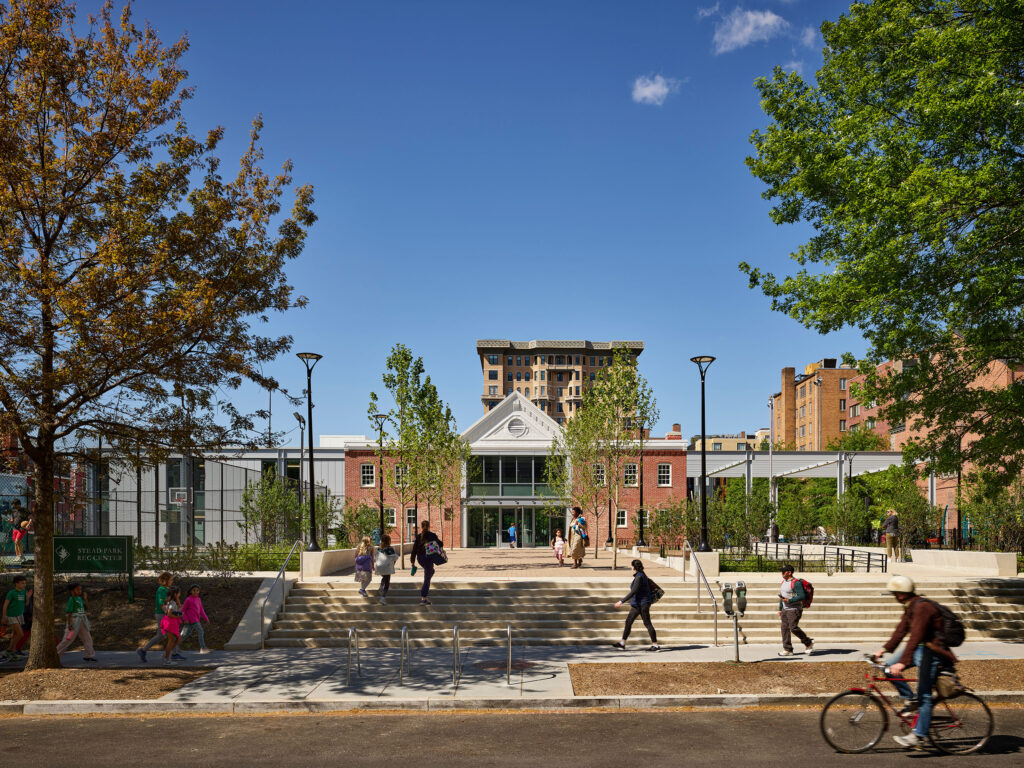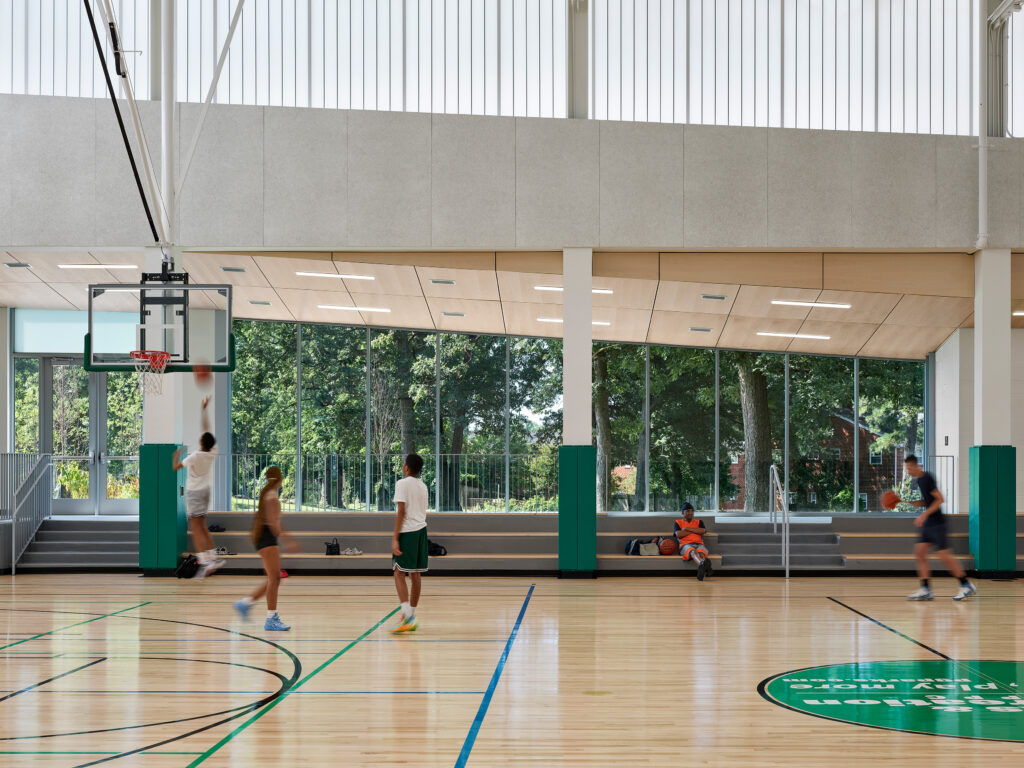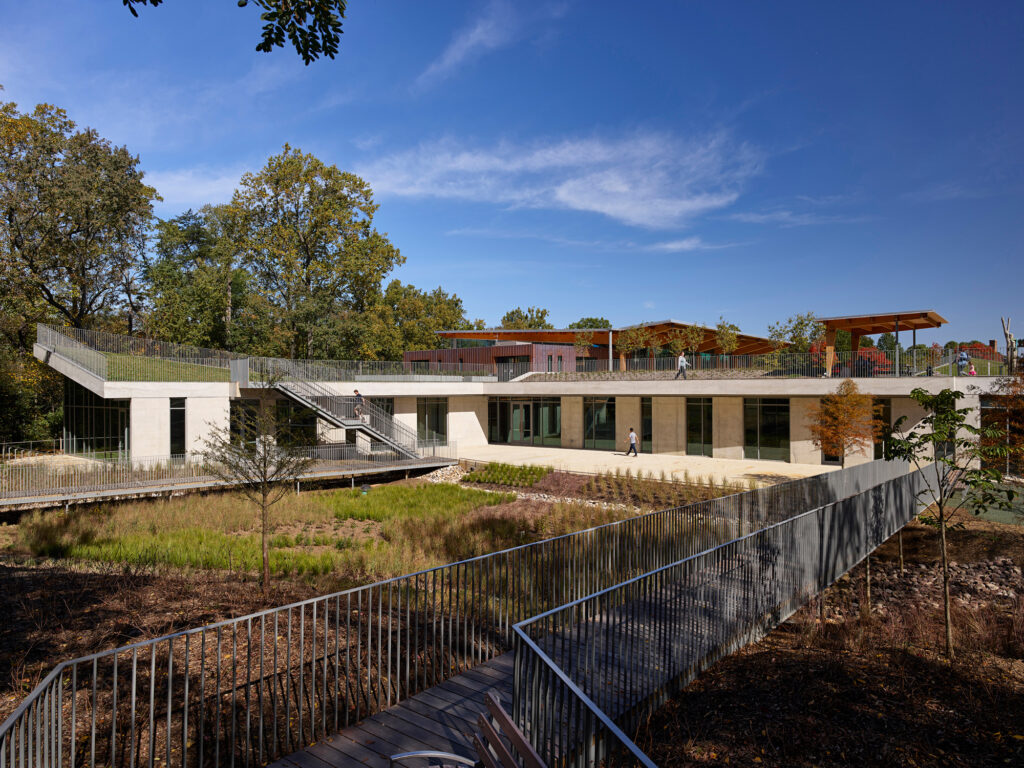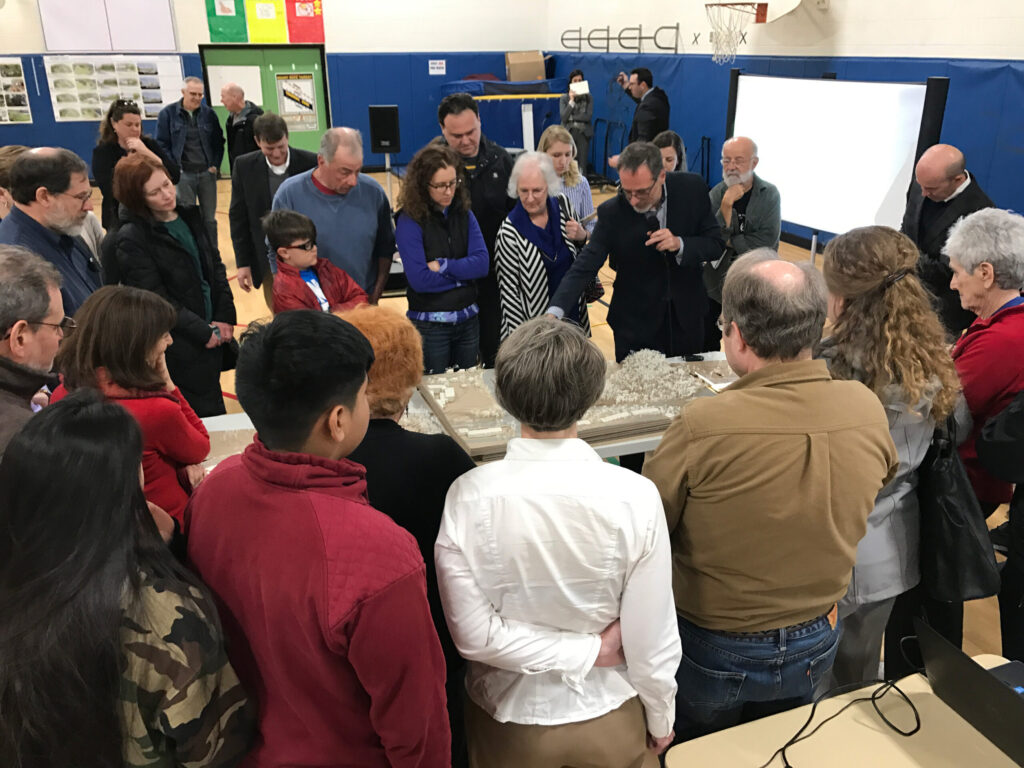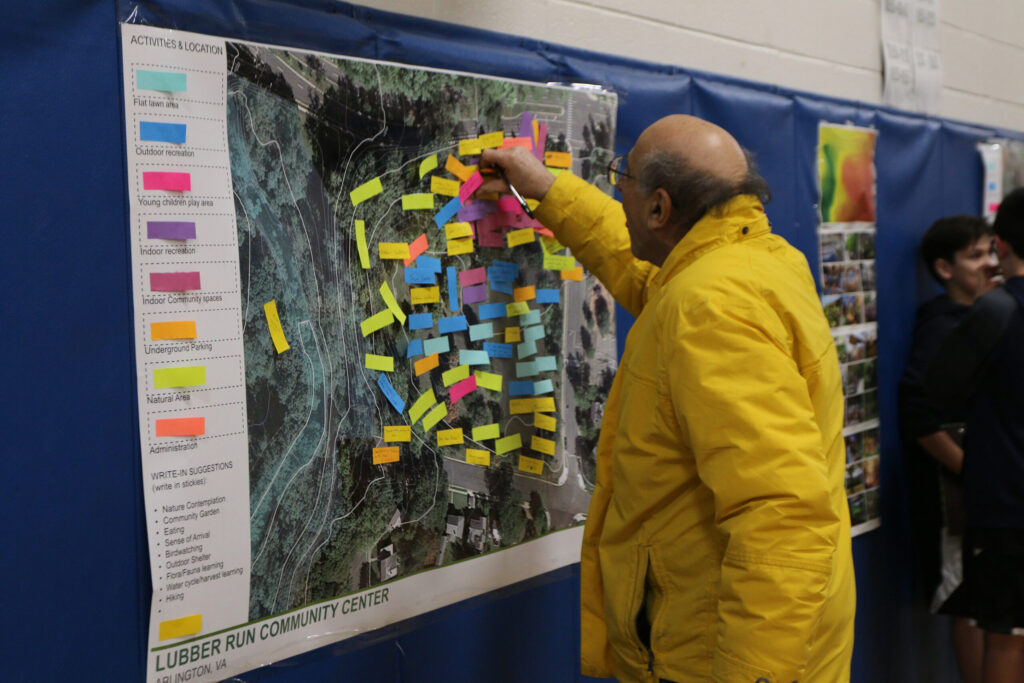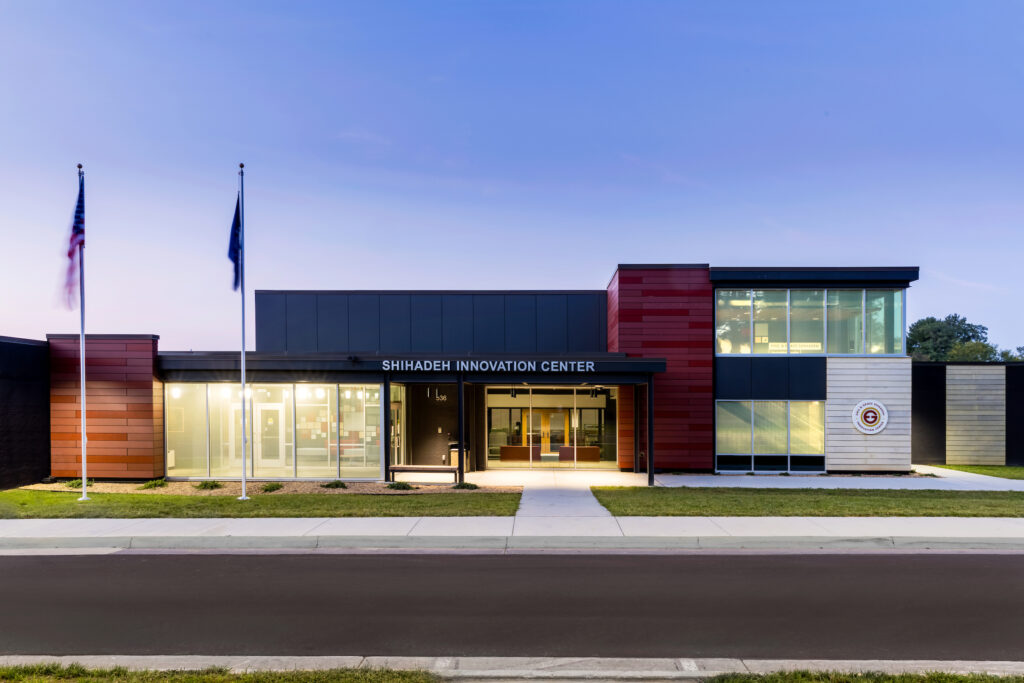Designing for Communities

Maggie Thacker
In every corner of our built environment—whether a school, community center, library, or park—architecture has the power to do more than serve a function. It can build connection, belonging, and shared purpose.
VMDO’s Designing for Communities frames architecture as a social practice: one in which places are shaped by and for people. Our work begins with the belief that design is most meaningful when it helps communities see themselves reflected in the places they inhabit.
Community First, Building Second
At the heart of our design process is the conviction that the community is not a passive recipient of design, but an active co-creator of place. A well-designed building alone is not enough; what matters is how it supports, engages, and evolves with its community over time.
VMDO’s community spaces work centers on listening to local stakeholders, exploring multiple design options, building consensus, and ensuring that each outcome is responsive to context, culture, and need.
This approach reframes design from being delivered to being enabled—a process that amplifies community voices rather than imposing an ideal.
Designing at Multiple Scales
Our projects consider how architecture connects across scales—from a single classroom or courtyard to a city block or regional network.
At Lubber Run Community Center in Arlington, architecture and landscape merge to create a seamless connection between building, park, and neighborhood. What could have been a single structure instead became a civic hub that invites daily activity, movement, and gathering.
Similarly, Stead Park Recreation Center in Washington, DC, transforms a compact urban site into a layered, inclusive environment for recreation, learning, and community life. Both projects illustrate how design can extend beyond its footprint to strengthen ecological and social systems alike.
Expressing Identity through Place
Places are meaningful when they resonate with a community’s values, history, and aspirations. At VMDO, we design to celebrate the uniqueness of place—expressed through material choices, form, spatial sequence, and connection to landscape.
Each project becomes a narrative, telling stories of local culture and grounding people in memory and meaning.
Turning Constraints into Catalysts
Every design process faces constraints – budgets, site conditions, regulations, differing priorities. Rather than viewing these as limitations, we treat them as opportunities for creativity and clarity.
Through listening, iteration, and collaboration, constraints become generative forces that sharpen intent and shape more purposeful outcomes. This mindset transforms challenges into catalysts for innovation.
Health, Equity, and Environmental Stewardship
Community-centered design is inseparable from health, equity, and environmental responsibility. Designing for people means designing for wellbeing and resilience—places that are inclusive, restorative, and sustainable.
Our design strategies emphasize:
- Access to nature, daylight, and outdoor connections
- Circulation that encourages movement and social encounter
- Inclusive programming that reduces barriers
- Materials, energy systems, and site strategies that minimize ecological impact
Designing With, Not For
If Designing for Communities serves as a kind of design manifesto, its call is clear: shift the paradigm from designing for to designing with. That means:
- Prioritizing participatory processes
- Building connections from neighborhood to regional scale
- Embracing constraints as design engines
- Focusing on justice, resilience, and stewardship
- Cultivating feedback loops and institutional learning
For architects, planners, civic leaders, and community advocates, this framework is both aspirational and grounded. It asks that design remain humble, responsive, and ever-adaptive—strengthening the human connections at the heart of every community.
Recent News
View All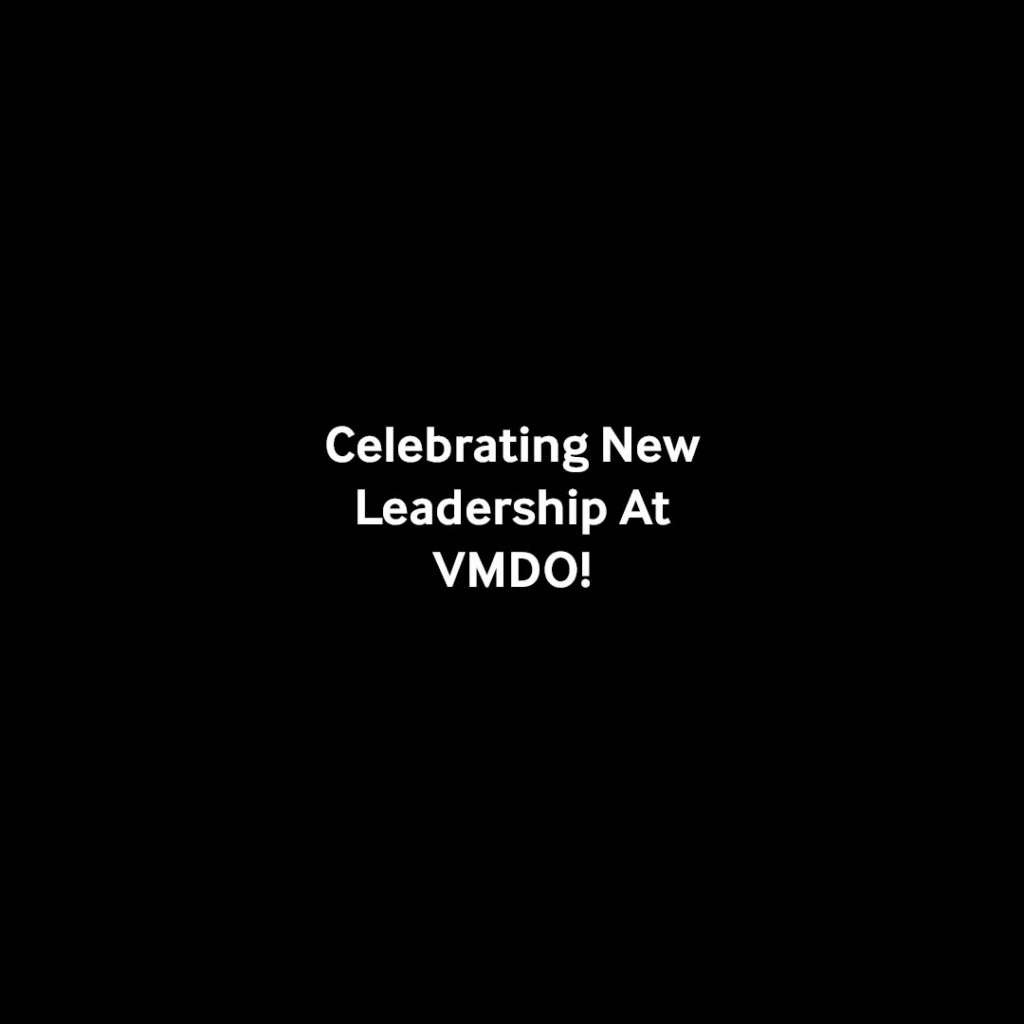
Uplifting VMDO’s New Leadership in 2026
December 1, 2025
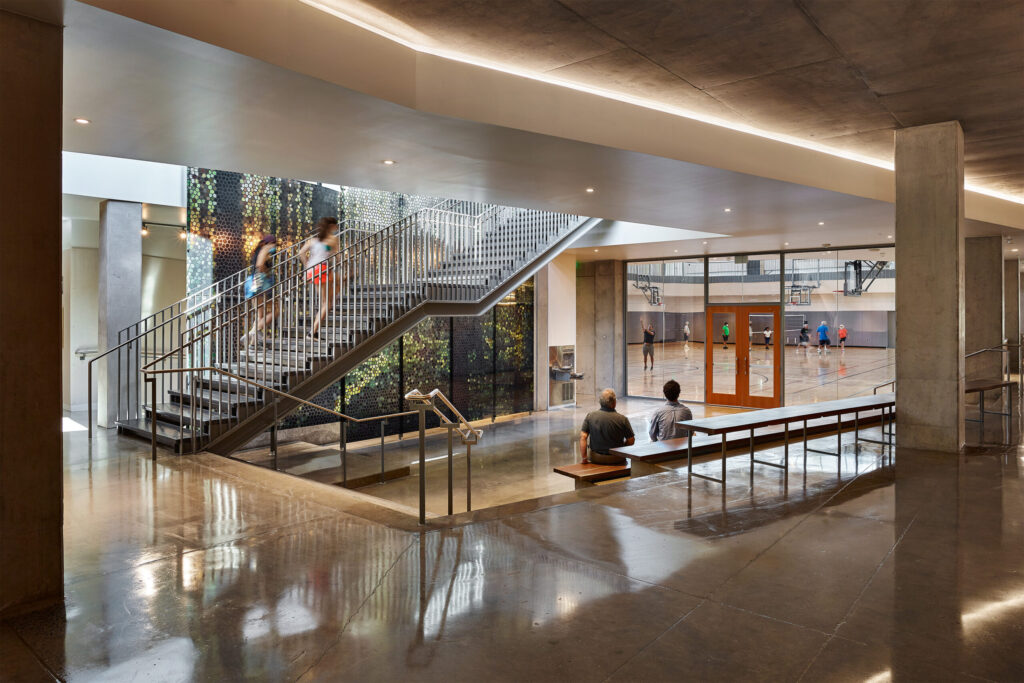
Designing for Communities
October 16, 2025
